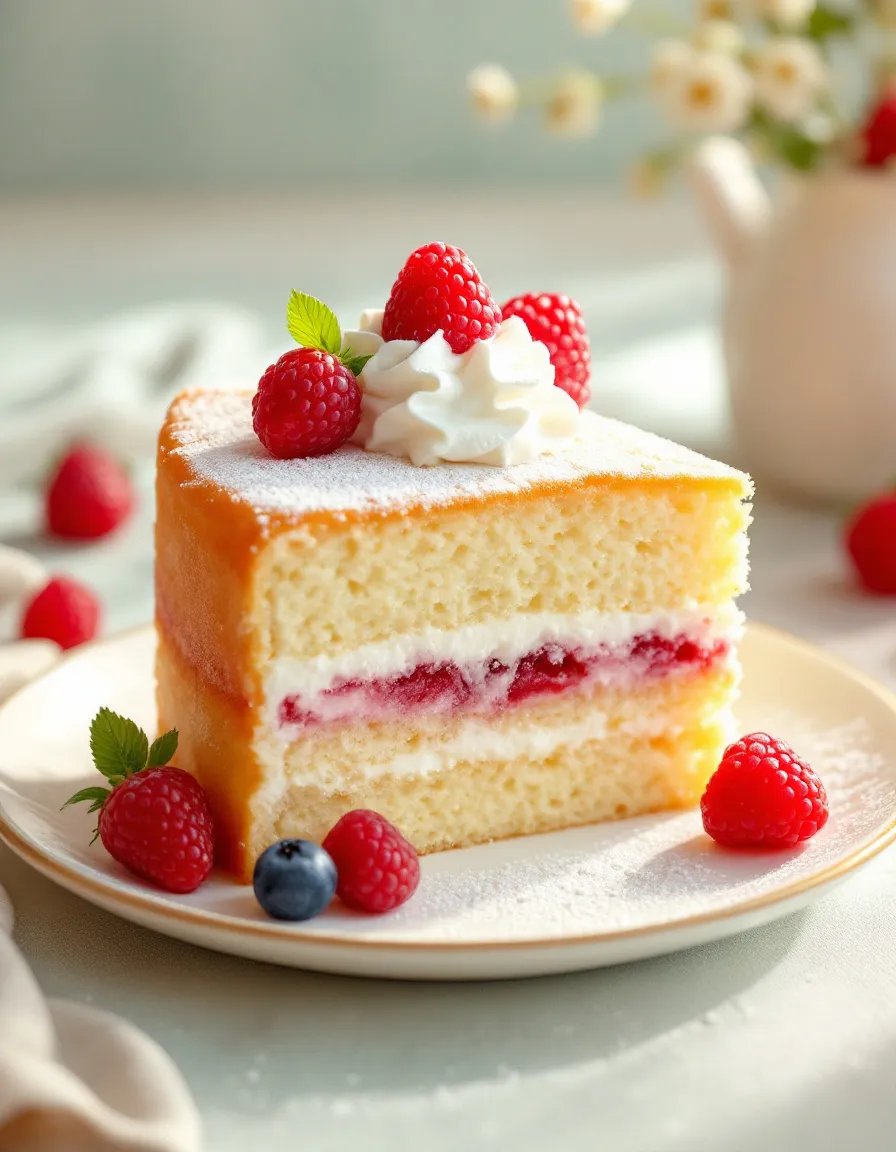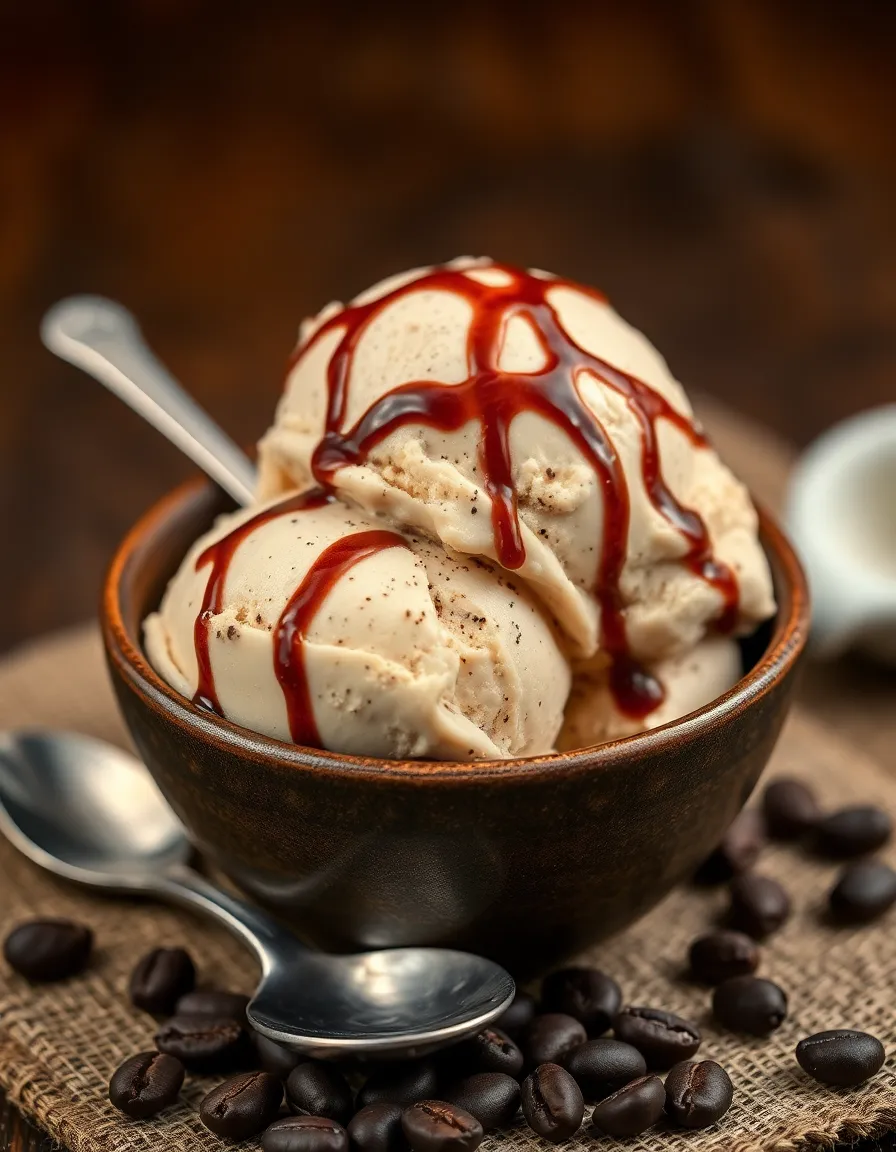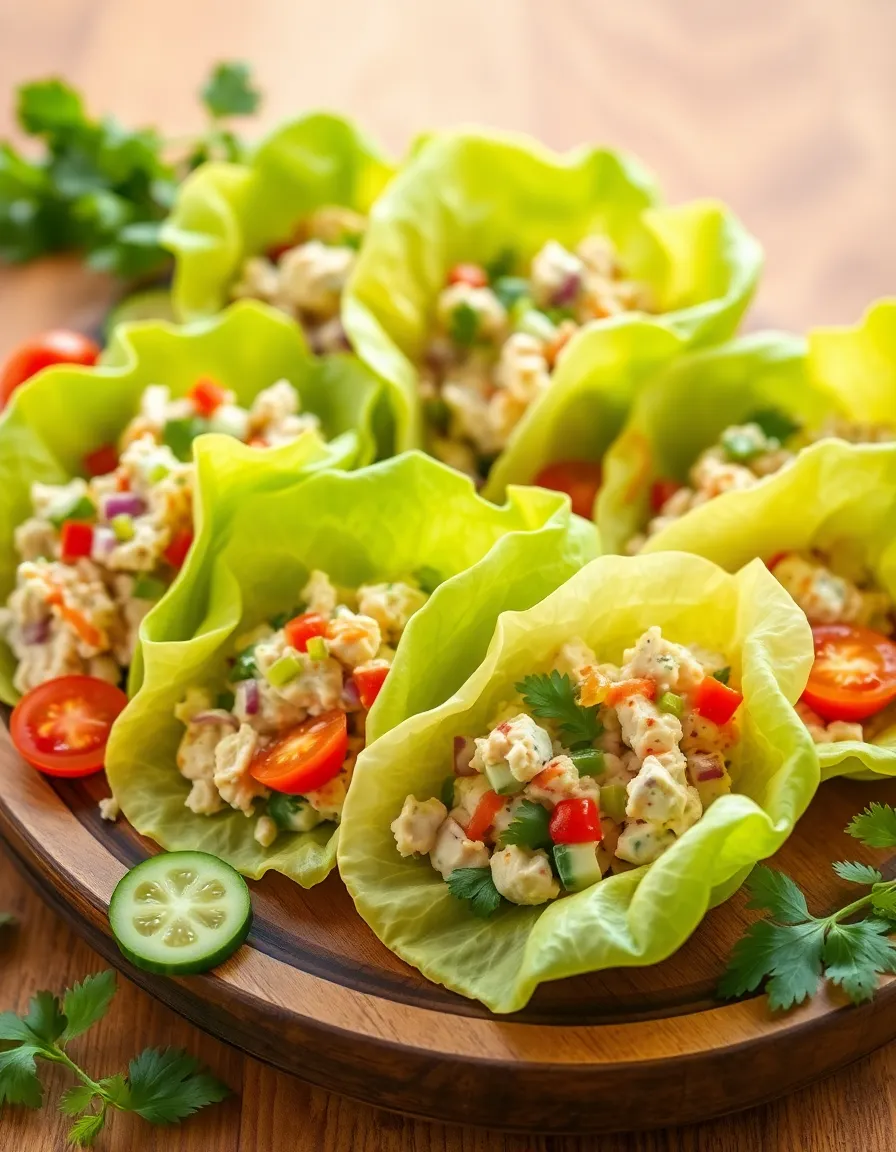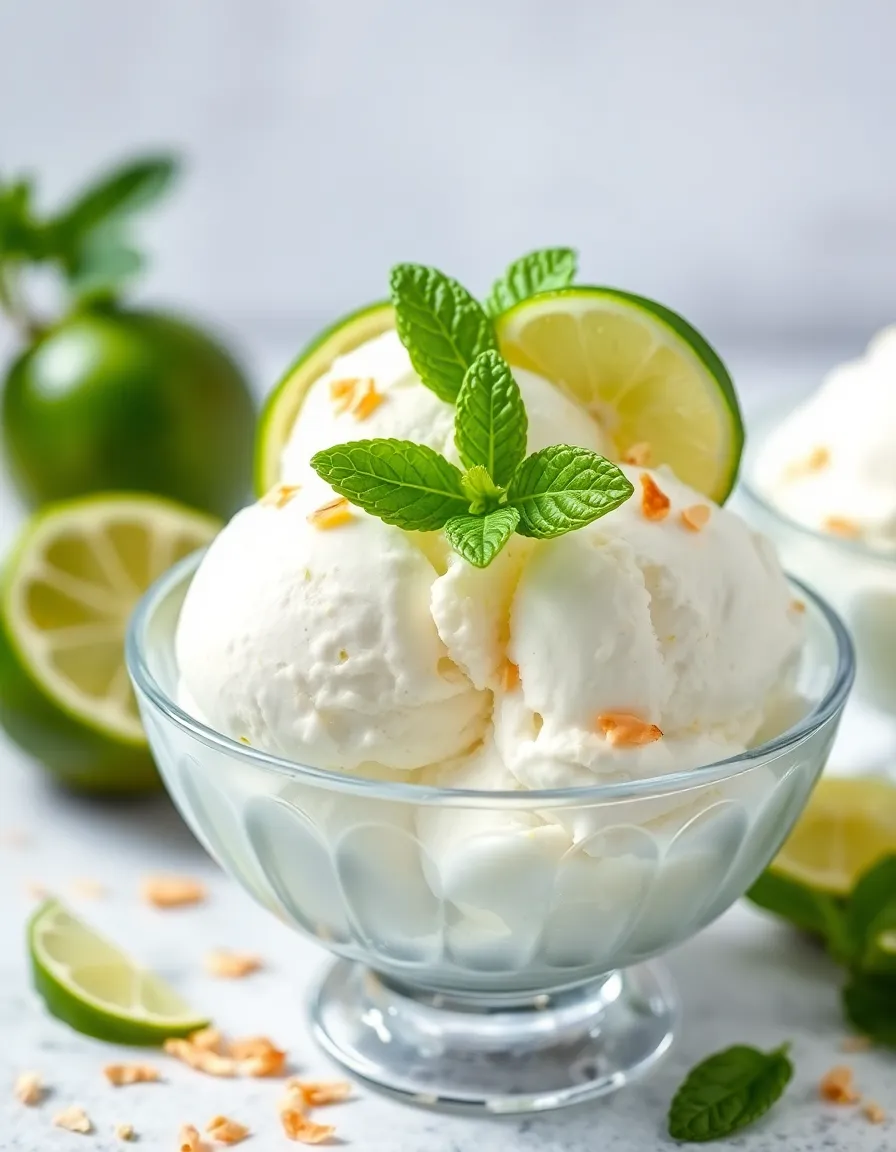Cotton Cake: The Fluffy, Cloud-Like Dessert You Need to Try
Cotton cake, also known as Japanese cotton cheesecake, is a dreamy dessert that combines the lightness of angel food cake with the creamy richness of cheesecake. This delicate treat has a melt-in-your-mouth texture that feels like biting into a sweet cloud. Unlike traditional cheesecake, cotton cake is incredibly light and airy, making it perfect for those who love desserts that aren’t overly heavy.
The secret to this fluffy masterpiece lies in the careful balance of whipped egg whites and a smooth cream cheese batter. When baked just right, the cake rises beautifully in the oven, then settles into a tender, jiggly delight. The golden-brown top contrasts beautifully with the pale, creamy interior, creating a visually stunning dessert that’s as impressive to look at as it is delicious to eat.
Quick Recipe Highlights
- Flavor Profile: A delicate balance of sweet and tangy, with subtle vanilla notes and a creamy richness from the cream cheese.
- Texture: Incredibly light and airy, with a melt-in-your-mouth quality that resembles cotton candy.
- Aroma: Sweet and buttery with a hint of vanilla that fills your kitchen as it bakes.
- Visual Appeal: Golden-brown top with a pale, fluffy interior that jiggles slightly when moved.
- Skill Level Needed: Intermediate – requires careful folding of egg whites and precise baking.
- Special Equipment: Springform pan, water bath setup, and electric mixer for best results.
Recipe Overview
- Difficulty Level: This cotton cake recipe is intermediate due to the need for proper egg white whipping and careful folding technique. The water bath baking method also requires attention to prevent water from seeping into the pan.
- Category: Dessert – perfect for afternoon tea, special occasions, or a light sweet treat.
- Cuisine: Japanese-inspired with Western baking techniques, creating a unique fusion dessert.
- Cost: Moderate – uses quality ingredients like cream cheese and fresh eggs, but yields impressive results.
- Season: Great year-round, but particularly refreshing in spring and summer when lighter desserts are preferred.
- Occasion: Ideal for birthdays, anniversaries, or any celebration where you want an elegant yet comforting dessert.
Why You’ll Love This Cotton Cake
The first bite of cotton cake is a revelation. The texture is so light it practically dissolves on your tongue, yet it carries enough flavor to satisfy your sweet tooth. Unlike dense cheesecakes that leave you feeling stuffed, this airy version lets you enjoy dessert without the heaviness. The subtle tang from the cream cheese balances beautifully with the sweetness, creating a sophisticated flavor profile that appeals to both adults and children.
From a preparation standpoint, cotton cake is surprisingly straightforward once you master the technique. While it requires more care than a basic cake, the steps are simple and the ingredients are easy to find. The water bath baking method ensures gentle, even cooking that prevents cracking and creates that signature jiggle. Watching the cake rise in the oven is a magical experience that never gets old.
Nutritionally, cotton cake offers some advantages over traditional cheesecake. It contains less cream cheese and sugar per serving, making it a slightly lighter option. The high egg content provides protein, while the minimal flour makes it naturally lower in carbohydrates. Of course, it’s still a treat, but one you can feel slightly better about enjoying.
For entertaining, cotton cake makes a stunning centerpiece. Its elegant appearance belies how easy it is to serve – no fancy plating required. Guests are always impressed when they take their first bite and discover the unexpected lightness. It pairs beautifully with fresh berries, whipped cream, or a dusting of powdered sugar for added visual appeal.
Cost-wise, cotton cake is an economical showstopper. The ingredients are relatively inexpensive, especially considering the impressive results. A single cake can serve 8-10 people, making it perfect for gatherings. Leftovers (if you have any) keep well in the refrigerator for several days, making it practical for meal prep too.
Historical Background and Cultural Significance
Cotton cake originated in Japan as a lighter interpretation of Western cheesecake. Japanese bakers are renowned for their delicate touch with desserts, often creating versions that are less sweet and more refined than their Western counterparts. The cotton cake emerged as part of this tradition, combining Japanese attention to texture with classic cheesecake flavors.
In Japanese culture, desserts like cotton cake reflect the aesthetic principle of “wabi-sabi” – finding beauty in simplicity and imperfection. The cake’s slight jiggle and rustic cracks are embraced as part of its charm. This contrasts with Western baking ideals that often prize perfectly smooth, crack-free cheesecakes.
The recipe gained international popularity through Asian bakeries and cooking shows, where its unique texture captivated audiences worldwide. Food bloggers and home bakers began experimenting with variations, leading to the diverse range of cotton cake recipes available today. Some versions incorporate matcha, chocolate, or fruit flavors while maintaining the signature airy texture.
Regionally, you’ll find variations throughout Asia. Taiwanese versions might use more egg whites for extra fluffiness, while some Korean recipes incorporate yogurt for additional tang. Despite these differences, all true cotton cakes share that magical cloud-like quality that makes them so special.
Ingredient Deep Dive
Cream Cheese: The foundation of cotton cake’s flavor, cream cheese provides richness without heaviness. Look for full-fat versions for best results, as low-fat varieties can make the cake watery. Philadelphia brand is particularly reliable for baking. Cream cheese should be at room temperature to blend smoothly into the batter.
Eggs: Fresh, room-temperature eggs are crucial. The whites provide structure and lift, while the yolks add richness. Separate eggs carefully – any yolk in the whites will prevent proper whipping. Farm-fresh eggs often yield the best volume when whipped.
Cake Flour: The low protein content in cake flour creates a tender crumb. If unavailable, make your own by replacing 2 tablespoons per cup of all-purpose flour with cornstarch. Sift the flour thoroughly to prevent lumps in the delicate batter.
Milk: Whole milk provides the best flavor and texture, but 2% can work in a pinch. Some recipes use heavy cream for extra richness. The milk helps create a smooth batter that blends well with the whipped egg whites.
Sugar: Superfine sugar dissolves more easily in the egg whites, creating a stable meringue. Regular granulated sugar works if pulsed briefly in a food processor. The sugar not only sweetens but also helps stabilize the egg foam structure.
Common Mistakes to Avoid
- Overbeating egg whites: Stiff peaks should still be glossy and smooth. If they become grainy or dry, they won’t fold properly into the batter.
- Underfolding the batter: Take time to gently incorporate the meringue. Streaks of white are better than deflating the mixture by overmixing.
- Improper water bath setup: Wrap the springform pan tightly with foil to prevent water seepage. Use hot water for the bath to maintain oven temperature.
- Opening the oven too soon: Sudden temperature changes can cause the cake to collapse. Wait until the minimum baking time has passed before checking.
- Overbaking: The cake should jiggle slightly in the center when done. It will set further as it cools in the turned-off oven.
- Using cold ingredients: Room temperature ingredients blend more smoothly and help maintain the batter’s airy structure.
- Skipping the cooling step: Sudden temperature changes can cause cracks. Let the cake cool gradually in the oven with the door ajar.
- Cutting too soon: Allow the cake to cool completely to room temperature before slicing for clean cuts.
Essential Techniques
Egg White Whipping: Start with a perfectly clean bowl – any grease will prevent proper foaming. Whip at medium speed until foamy, then gradually add sugar. Increase speed to high until stiff peaks form. The meringue should hold its shape when the whisk is lifted.
Folding Technique: Use a large silicone spatula and cut through the center of the batter, scooping from the bottom and folding over the top. Rotate the bowl as you work. This gentle motion preserves the air bubbles in the egg whites.
Water Bath Baking: The steam from the water bath creates gentle, even heat that prevents cracking and ensures the cake rises evenly. Place the springform pan in a larger roasting pan, then pour hot water halfway up the sides of the cake pan.
Temperature Control: Gradual cooling is key to preventing cracks. After baking, turn off the oven and prop the door open with a wooden spoon. Let the cake cool in the oven for about an hour before removing.
Pro Tips for Perfect Cotton Cake
- Use a cake strip around the pan to promote even rising and prevent doming.
- For extra insurance against leaks, place the springform pan inside a silicone cake pan before the water bath.
- Add a tablespoon of lemon juice to the egg whites for more stable peaks.
- If your oven runs hot, reduce the temperature by 25°F to prevent overbrowning.
- For clean slices, dip your knife in hot water and wipe between cuts.
- Dust the cooled cake with powdered sugar just before serving for a beautiful finish.
- If the top browns too quickly, tent loosely with aluminum foil during the last 15 minutes.
- For best texture, refrigerate the cake for at least 4 hours before serving.
Variations and Adaptations
Matcha Cotton Cake: Add 2 tablespoons of high-quality matcha powder to the flour mixture for a vibrant green tea version. The earthy matcha balances beautifully with the sweet creaminess.
Chocolate Swirl: Reserve 1/4 cup of batter and mix with 2 tablespoons cocoa powder. Drop spoonfuls onto the main batter and swirl gently with a knife before baking.
Lemon Zest: Add the zest of one lemon to the batter for a bright, citrusy note. Serve with a lemon glaze for extra tang.
Berry Compote Topping: Top slices with a quick compote made from seasonal berries simmered with a little sugar and lemon juice.
Individual Portions: Bake in ramekins for single-serving cakes. Reduce baking time to 25-30 minutes.
Serving and Presentation Guide
Cotton cake needs little embellishment to shine. A simple dusting of powdered sugar highlights its golden top. For special occasions, garnish with edible flowers or fresh berries arranged in an elegant pattern. Serve slices on plain white plates to let the cake’s delicate texture take center stage.
Traditional Japanese presentation might include a side of sweet red bean paste or matcha whipped cream. Western adaptations often pair it with fresh fruit coulis or a drizzle of caramel sauce. For tea service, cut the cake into smaller, bite-sized pieces.
Temperature dramatically affects the eating experience. Slightly chilled cotton cake has a denser, more cheesecake-like texture, while room temperature servings emphasize its airy qualities. Experiment to find your preferred serving temperature.
For buffet service, present the whole cake on a cake stand with a serving knife. The cake cuts cleanly when chilled, making it easy to serve neat portions. Provide small plates and forks – the delicate texture deserves proper utensils.
Wine and Beverage Pairing
A lightly sweet sparkling wine like Moscato d’Asti complements cotton cake’s delicate flavor without overpowering it. The bubbles cleanse the palate between bites. For still wines, try a German Riesling with balanced acidity.
Tea pairings are particularly lovely with cotton cake. Jasmine green tea’s floral notes enhance the cake’s subtle flavors. For a bolder contrast, serve with Earl Grey – the bergamot plays nicely with the creamy texture.
Non-alcoholic options include sparkling lemonade or a vanilla bean Italian soda. The effervescence contrasts beautifully with the cake’s soft texture. Iced coffee makes another excellent pairing, especially with a touch of cream.
Storage and Shelf Life
Properly stored cotton cake keeps well for 3-4 days in the refrigerator. Cover tightly with plastic wrap or store in an airtight container to prevent drying. The texture actually improves after a day as the flavors meld.
For longer storage, freeze individual slices wrapped in plastic and foil for up to 2 months. Thaw overnight in the refrigerator. Avoid freezing the whole cake as it may become too dense.
Signs of spoilage include an off smell, visible mold, or excessive moisture. The cake should remain light and springy – if it becomes dense or watery, it’s past its prime.
Room temperature storage is not recommended due to the dairy content. If serving at an event, keep the cake refrigerated until 30 minutes before serving for best texture.
Make Ahead Strategies
Cotton cake actually benefits from being made a day ahead. The flavors develop and the texture sets perfectly overnight. Bake as directed, cool completely, then refrigerate until needed.
For component prep, the cream cheese mixture can be made 1 day in advance and stored covered in the refrigerator. Let it come to room temperature before completing the batter.
Egg whites can be separated up to 2 days ahead and stored in an airtight container in the refrigerator. Bring to room temperature before whipping.
If preparing for a special event, bake the cake 1-2 days before, then add fresh garnishes just before serving. This ensures optimal texture with maximum convenience.
Scaling Instructions
This recipe scales beautifully for different occasions. For a smaller 6-inch cake, halve all ingredients and bake in a 6-inch springform pan. Reduce baking time to 35-40 minutes.
To double the recipe for a crowd, use two 8-inch pans rather than one large pan. This ensures even baking. You may need to extend the baking time by 5-10 minutes.
When scaling, pay special attention to egg measurements. For half recipes, beat 1 whole egg plus 1 yolk for the base, and use 2 whites for the meringue.
Remember that pan size affects baking time more than quantity. A deeper cake will need longer in the oven than a wider, shallower version with the same volume.
Nutritional Deep Dive
Compared to traditional cheesecake, cotton cake offers a lighter nutritional profile. A typical slice contains about 180 calories, with 10g fat, 18g carbohydrates, and 5g protein. The high egg content provides choline for brain health and lutein for eye health.
The moderate sugar content (about 15g per serving) makes it a relatively low-glycemic dessert option. Using cake flour instead of all-purpose reduces the gluten content, which some find easier to digest.
For those watching fat intake, reduced-fat cream cheese can be substituted, though the texture may be slightly less rich. The cake contains no butter, relying on eggs and cream cheese for moisture.
Portion control comes naturally with cotton cake – its light texture satisfies with smaller servings than dense desserts. A modest slice paired with fresh fruit makes a balanced treat.
Dietary Adaptations
Gluten-Free: Replace cake flour with an equal blend of rice flour and cornstarch (3/4 cup rice flour + 1/4 cup cornstarch per cup of flour). Add 1/4 teaspoon xanthan gum for structure.
Dairy-Free: Use dairy-free cream cheese alternative and coconut milk. The texture will be slightly different but still enjoyable.
Lower Sugar: Reduce sugar by 1/4 cup and add 1/4 teaspoon stevia powder. The texture may be slightly less stable.
Egg-Free: While challenging, you can try using aquafaba (chickpea liquid) whipped to stiff peaks as an egg white substitute. The texture will be denser.
Troubleshooting Guide
Cracked Top: Usually caused by oven temperature fluctuations or overbaking. Next time, bake at a lower temperature (300°F) and cool gradually in the oven.
Dense Texture: Indicates underwhipped egg whites or overmixing. Ensure whites reach stiff peaks and fold gently.
Sunken Center: The cake may have been underbaked or cooled too quickly. Test doneness with a toothpick – it should come out clean.
Waterlogged Bottom: Your springform pan likely leaked. Double-wrap with foil next time or use a silicone pan liner.
Eggy Taste: Use fresher eggs and ensure proper baking time. A pinch of cream of tartar can help neutralize the flavor.
Frequently Asked Questions
Can I make cotton cake without a springform pan?
While possible with a regular cake pan, removal will be challenging. If you must, line the pan with parchment extending above the sides for lifting.
Why does my cake collapse after baking?
This usually happens if the cake is underbaked or cooled too quickly. Ensure proper baking time and gradual cooling in the oven.
Can I use bottled lemon juice instead of fresh?
Fresh is preferred for flavor, but bottled works in a pinch. Reduce amount slightly as bottled juice is more concentrated.
How do I know when the egg whites are stiff enough?
The peaks should stand straight up when you lift the whisk. The meringue should not slide if you tilt the bowl.
Can I freeze cotton cake?
Yes, wrap individual slices tightly in plastic then foil. Thaw overnight in the refrigerator for best texture.
Why is my cake browning too quickly?
Your oven may run hot. Try reducing temperature by 25°F and tenting with foil after 30 minutes of baking.
Can I make this without a water bath?
Not recommended – the water bath is essential for even, gentle cooking that creates the signature texture.
How can I tell if the cake is done?
The edges should be set and the center should jiggle slightly when gently shaken. A toothpick inserted near the edge should come out clean.
Can I add fruit to the batter?
Fresh fruit may sink and release moisture. If desired, use dried fruit or swirl in fruit preserves before baking.
Why is my cake rubbery?
Overmixing or overbaking can cause this. Mix just until combined and watch baking time carefully.
Additional Resources
For those eager to explore more delicate Asian-inspired desserts, consider trying Japanese soufflé pancakes or Taiwanese castella cake. Both share cotton cake’s emphasis on airy texture and precise technique.
Investing in quality bakeware makes all the difference for recipes like this. A good springform pan with tight seals prevents water bath leaks, while a stand mixer ensures perfectly whipped egg whites every time.
Seasonal variations offer year-round inspiration. Try adding pumpkin puree in fall or citrus zest in winter. Spring calls for floral touches like rose water or lavender.
Join the Conversation
We’d love to see your cotton cake creations! Share photos on Instagram with #FluffyCottonCake and tag us for a chance to be featured. Tell us about your variations – what flavors did you try? What tips worked best for you?
If you’re new to food photography, cotton cake makes a gorgeous subject. Shoot in natural light with simple props – a vintage cake stand, fresh berries, or a dusting of powdered sugar add visual interest without distracting from the cake’s beauty.
Have questions we didn’t cover? Leave them in the comments below and our baking community will chime in with advice. Your experience helps others learn too!
The Recipe
Japanese Cotton Cheesecake
Serves: 8
Prep Time: 20 mins
Cook Time: 50 mins
Total Time: 70 mins
Kitchen Equipment Needed
- 8-inch springform pan
- Electric mixer (stand or hand)
- Large roasting pan for water bath
- Aluminum foil
- Silicone spatula
- Fine mesh sieve
Ingredients
- 8 oz cream cheese, room temperature
- 1/4 cup unsalted butter
- 1/2 cup whole milk
- 6 large eggs, separated
- 1/4 teaspoon salt
- 1/2 cup cake flour
- 2 tablespoons cornstarch
- 2/3 cup granulated sugar, divided
- 1 teaspoon vanilla extract
- 1/4 teaspoon cream of tartar
Directions
- Preheat oven to 325°F. Wrap the outside of springform pan tightly with aluminum foil to prevent water seepage.
- In a medium saucepan over low heat, melt cream cheese, butter, and milk together, stirring until smooth. Remove from heat and let cool slightly.
- Whisk in egg yolks one at a time, then add vanilla. Sift in flour, cornstarch, and salt, mixing until just combined.
- In a clean bowl, beat egg whites with cream of tartar until foamy. Gradually add sugar and beat until stiff peaks form.
- Gently fold 1/3 of the meringue into the cream cheese mixture to lighten. Then carefully fold in remaining meringue in two additions.
- Pour batter into prepared pan. Place in a larger roasting pan and pour hot water halfway up the sides of the springform.
- Bake for 45-50 minutes until golden and set but still slightly jiggly in center. Turn off oven and prop door open with a wooden spoon. Let cake cool in oven for 1 hour.
- Remove from oven and water bath. Run a knife around edges and release springform. Chill for at least 4 hours before serving.
Recipe Notes
- For best results, ensure all ingredients are at room temperature before starting.
- If the top browns too quickly, tent loosely with foil during the last 15 minutes of baking.
- Leftovers keep well covered in the refrigerator for up to 4 days.
- For clean slices, dip knife in hot water and wipe between cuts.






